Bo bia
Bo bia is one of those street snacks that tends to be overlooked by the average travelling street muncher. Maybe it’s due to its similarity in appearance to goi cuon, the famous Vietnamese fresh spring rolls. However, once you’ve had a few –- and you can have a few at one go – you’ll see why bo bia is a different roll altogether.
.jpg)
Bo bia looks like a mini-version of goi cuon with its distinctive rice paper wrapper, but this is where Vietnam’s influence ends and China take over. Inside, the roll bears a close resemblance to popiah, a Fujian-style fresh spring roll. While goi cuon relies on herbs like mint and chives to give it a bit of heft in the taste department, bo bia uses each filling ingredient to give a distinct taste not usually found in Vietnamese cuisine: the roll is filled with thinly sliced jicama and carrots, egg omelette ribbons, xa xiu or Chinese sausage and dried shrimp. The sliced xa xiu is placed in the last layer of the rice paper wrapper to give the roll its distinctive look. It’s served with a peanut flavoured dipping sauce reminiscent of the sauce served with goi cuon in Nha Trang. Fried shallots and chopped chillies round out the sauce.
.jpg)
Bo bia is a medley of flavours and textures. The jicama and carrot give the roll its crunchy texture, counterbalancing the egg’s softness. The somewhat fatty xa xiu adds a richness to the roll lacking in goi cuon.
Most bo bia vendors can be found wandering the streets of Ho Chi Minh City on bicycles and you’ll probably hear them before you see them. These vendors only serve take-away portions, with everything placed in plastic bags. That is fine for the rolls, but it makes for a frustrating eating experience when trying to dip the bo bia into the sauce in the bag.
If you are looking for a red plastic stool experience, you can find a great bo bia stand at Ho Con Rua or Turtle Lake on Pham Ngoc Thach and Vo Van Tan, where you will get your dipping sauce in a proper cup. Since the rolls are the length of an index finger, most people order them in batches as just one doesn’t fill you up. Expect to pay 5,000 VND per roll.
See more
-

Chao Canh (Soup Porridge)
Like the characteristics of people in Quang Binh as rusticity, honesty, chao canh is unsightly and gaudy as Pho in Hanoi but its taste is very unique and strange. Central...
-

Banh tam bi Bac Lieu
There are many different places to sell banh tam bi but banh tam bi in Bac Lieu has an special taste that makes it become a famous food with both domestic and foreign...
-
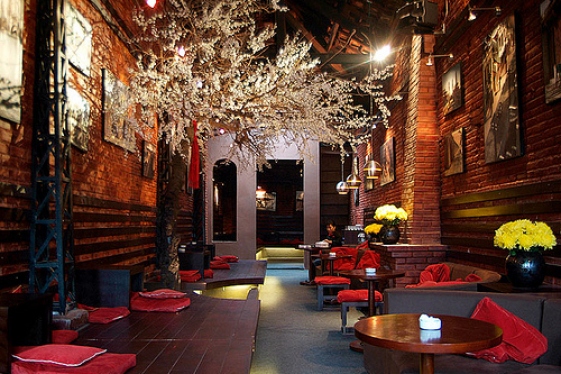
Top 5 Coffee Shops in Hanoi
For a long time, drinking coffee has become an indispensable habit of Vietnamese people. Coffee is considered the culinary culture of Vietnam. Here are top 5 best Coffee...
-

The best street foods in Saigon
One of the best things that tourists can do when traveling to Saigon is try all the best street foods is not just looking around and visiting the amazing historical...
-

Halong Prawn
Halong is not only proud for being one of the Seven Natural Wonders of the World, but also one of the most famous destinations for high quality seafood. Among all, the most...
-

Cap Nach Pigs
At the fair of Lao Cai, you can easily see local people selling small pigs whose weight is less than 20kg so that people can put into the baskets, even put in the armpits....
-
Tasty Grilled Abalone in Phu Quoc
In many types of seafood as crab, clam, snail, shellfish, oyster is the best nutrition seafood that you should try in Phu Quoc by the sweeter and fragrant taste of...
Destinations
Most popular tours
-

Early Morning Ride in Hanoi
Price from: 15 US$
-
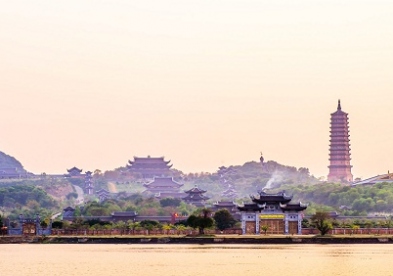
Bai Dinh Pagoda & Trang An
Price from: 31 US$
-
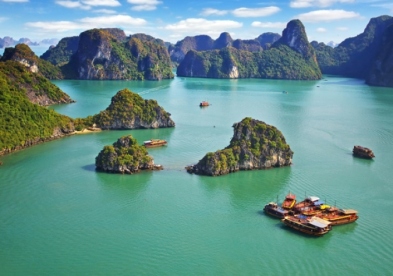
Northern Vietnam Adventure
Price from: 820 US$
-
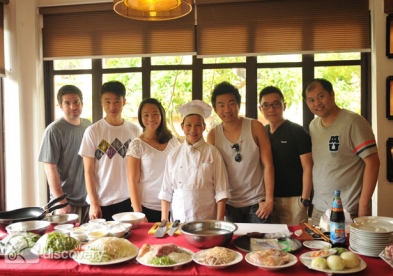
Cooking Experience in Hanoi
Price from: 36 US$
Business info
Vietnam Local Guide
- Address: 18th Floor, VTC Online Tower, 18 Tam Trinh Str.,Hai Ba Trung Dist., Hanoi, Vietnam
- Email: info@vietnamguider.com
- Phone: (+84) 0904989890
- Hotline: (+84) 0904989890
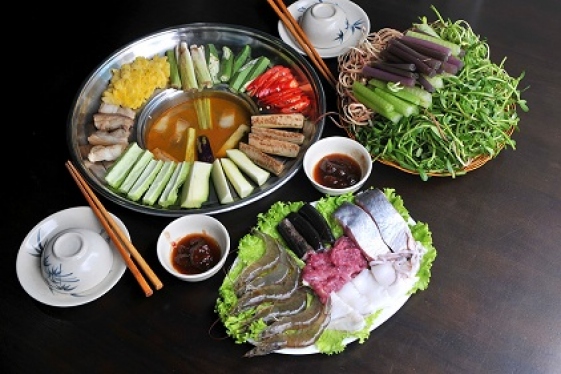
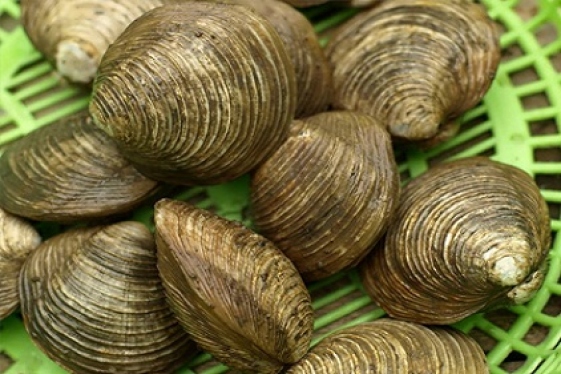
.jpg)
